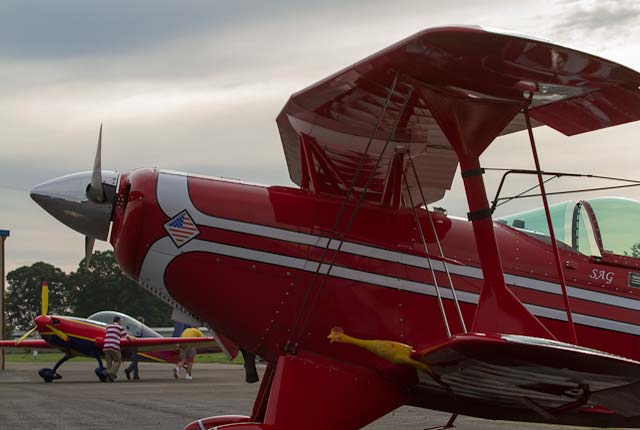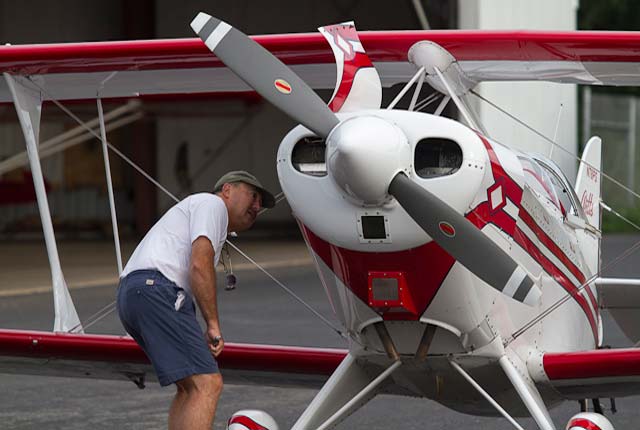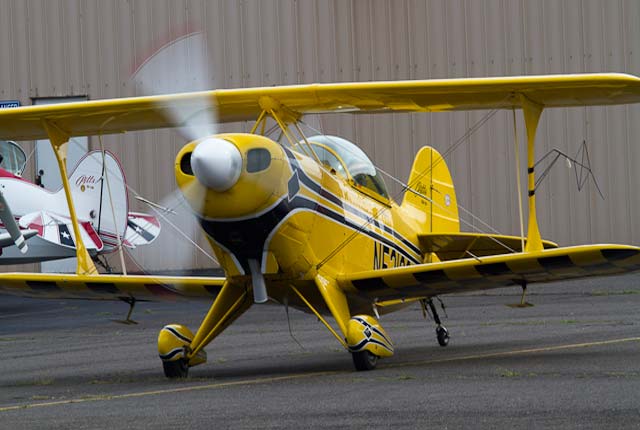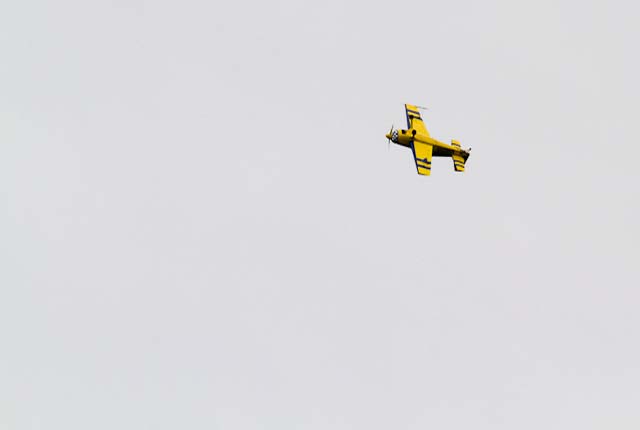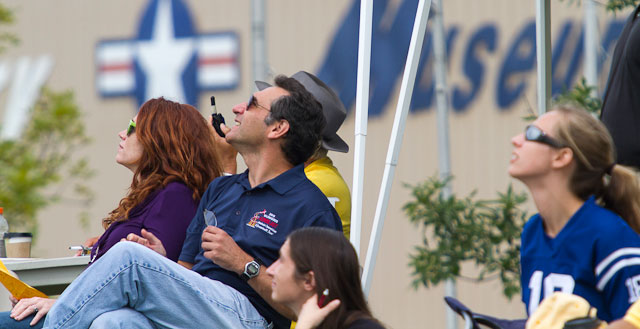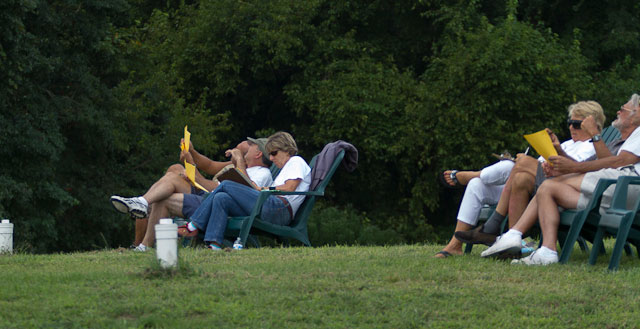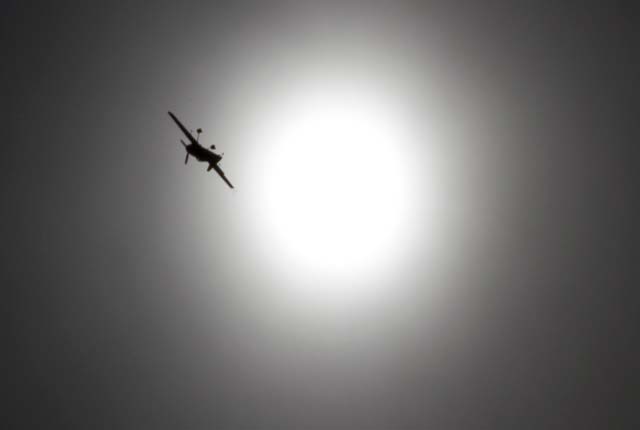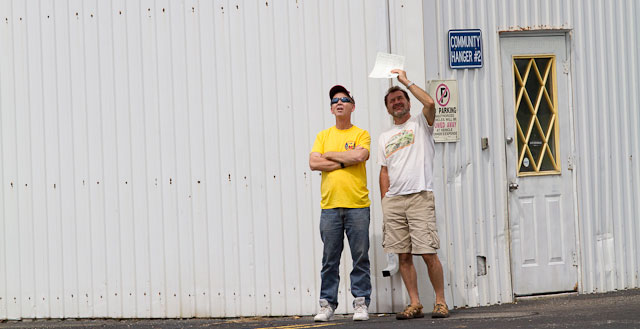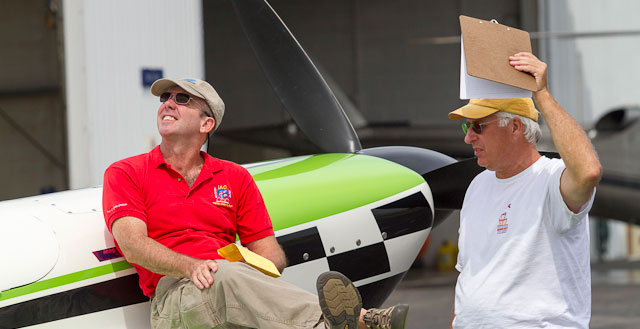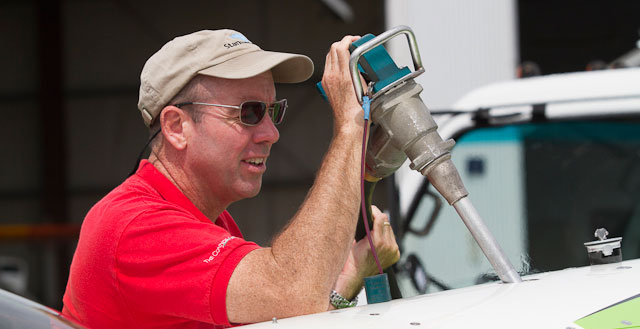The nose comes up, though not far enough, and the Super Decathlon responds a little slowly to full deflection of the right rudder as the stall horn blares for attention. To the author’s great relief, a spin to the right ensues nonetheless.
Only a few months before, as a private pilot approaching 300 hours, one writer boosted the depleted ranks of the International Aerobatic Club (IAC). In the cockpit of the rented Decathlon, striving for perfect lines and circular loops, rolls, and spins boosts the confidence (and skill) of any pilot who competes. The club comprises a small but dedicated cadre for whom right-side up has a somewhat looser definition: Any side can be the right side to have up, depending on where you are in the aerobatic sequence.
At the Kathy Jaffe Challenge, held annually in New Jersey—this time at South Jersey Regional Airport in Mount Holly—about 30 pilots gathered Aug. 17 to 19 to test skills that ranged from the comparatively simple Primary routine flown by an AOPA associate editor (and first-time competitor), up to a dazzling array of gyrations achieved by the highly skilled and experienced contestants who vied for the Unlimited trophy. Yet there would have been no way for the handful of spectators drawn by the sound of buzzing engines and the sight of tumbling airplanes far above to know who was who—this group of men and women was as laid back as any you’ll find, except, of course, during the few minutes spent in the aerobatic box.
In that chunk of airspace measuring about 3,300 feet (one kilometer) on each side, and 2,000 feet vertically, it’s all about being in the moment.
More than one contestant took note of declining numbers, and fretted about the future of the sport. In years past, this competition could draw a field three times the size. On Aug. 17, the author’s aerobatic instructor (who competes in the Unlimited category) registered for Primary after another would-be contestant did not arrive, leaving the author alone at the entry level and thus unable to compete. It was analogous to a Formula 1 driver entering a go-cart contest, and suffice to say the more experienced pilot threw the competition on the second flight, adding improvised flourishes to knock the score down, and perhaps preserve a little ego for the first-timer. There was no prize money at stake, though pilots worked awfully hard to earn an engraved wooden plaque.
“You don’t get paid. In fact the gravy train goes the other way,” said IAC President Doug Sowder in a telephone interview from the Beaver State Regional, where he would vie for a trophy of his own Aug. 24 to 25.
The economy has hit all aspects of aviation, aerobatics not least among them. Sowder said the IAC leadership is working to develop various initiatives that aim to boost membership from its current total of around 3,800 back toward the high water mark reached in the 1990s, when Sowder was among more than 6,200 members of the organization he leads today. Many are enthusiasts, even nonpilots. Only about 500 pilots will enter at least one competition in a typical year. Nearly a dozen volunteers, including pilots who were not flying for the judges in New Jersey and non-pilot enthusiasts, provided logistical support that made the four-day event possible, according to Contest Director Mark Mattioli.
Avgas prices that often top $6 a gallon don’t work in their favor. At the top of the power curve, radial engines are burning 35 gallons an hour or more. Though a more typical Pitts sips gas in comparison, the fuel bill required to travel to a contest is rarely modest. Not to mention the hundreds of hours of practice required to succeed at the highest levels.
The reward is the recognition of peers, even if it comes couched in good-natured teasing, and a discipline in the cockpit that permeates all types of flying. And a nice plaque now and then.
“I compete against Navy F-18 pilots and airline pilots,” said Sowder. “I’m a private pilot. It does me good to beat those guys.”
Sowder is a ski lift engineer by trade; in New Jersey, the field included professional pilots, salesmen, engineers, doctors, business executives, and a writer. Some of the better pilots were women. It was a diverse bunch, with an abiding sense of camaraderie born of shared experience, and shared goals: to fly with perfection, and have fun doing it.
Speaking of perfection, the author’s first competition loop was pretty close to it. Better, the author might add, than the instructor who did appear to give an honest effort on the first flight, scoring 89 percent of potential points overall to the author’s 84. The instructor’s loop was a bit egg-shaped, it seems, and the judges marked it down. Just saying.

